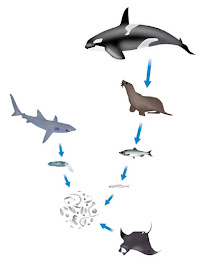 A graphic designer (artist) is a professional within the graphic design and graphic arts industry who assembles together images, typography or motion graphics to create a piece of design. A graphic designer creates the graphics primarily for published, printed or electronic media, such as brochures and advertising. They are also sometimes responsible for typesetting, illustration and web design, or take a teaching position, although these specialties may be assigned to specialists in various graphic design occupations. A core responsibility of the designer's job is to present information in a way that is both accessible and aestheticA number of occupations are commonly classified under the broad term of graphic designer. Graphic design career paths cover all ends of the creative spectrum. Many of these job descriptions overlap heavily.
A graphic designer (artist) is a professional within the graphic design and graphic arts industry who assembles together images, typography or motion graphics to create a piece of design. A graphic designer creates the graphics primarily for published, printed or electronic media, such as brochures and advertising. They are also sometimes responsible for typesetting, illustration and web design, or take a teaching position, although these specialties may be assigned to specialists in various graphic design occupations. A core responsibility of the designer's job is to present information in a way that is both accessible and aestheticA number of occupations are commonly classified under the broad term of graphic designer. Graphic design career paths cover all ends of the creative spectrum. Many of these job descriptions overlap heavily.Qualifications for graphic designer:
One can obtain an AAS, BA, BFA, MFA or an MPhil / PhD in graphic design. Degree programs available vary depending upon the institution, although typical U.S. graphic design jobs require at least some form of Bachelor's degree.
Current graphic designer jobs demand proficiency in one or more graphic design software programs, relevant to the job function, such as proficiency with Adobe Creative Suite. If a web designer, he or she should understand HTML and other programming languages to design websites. If a print designer, he or she should understand the processes involved in printing to be able to produce press-ready artwork.




